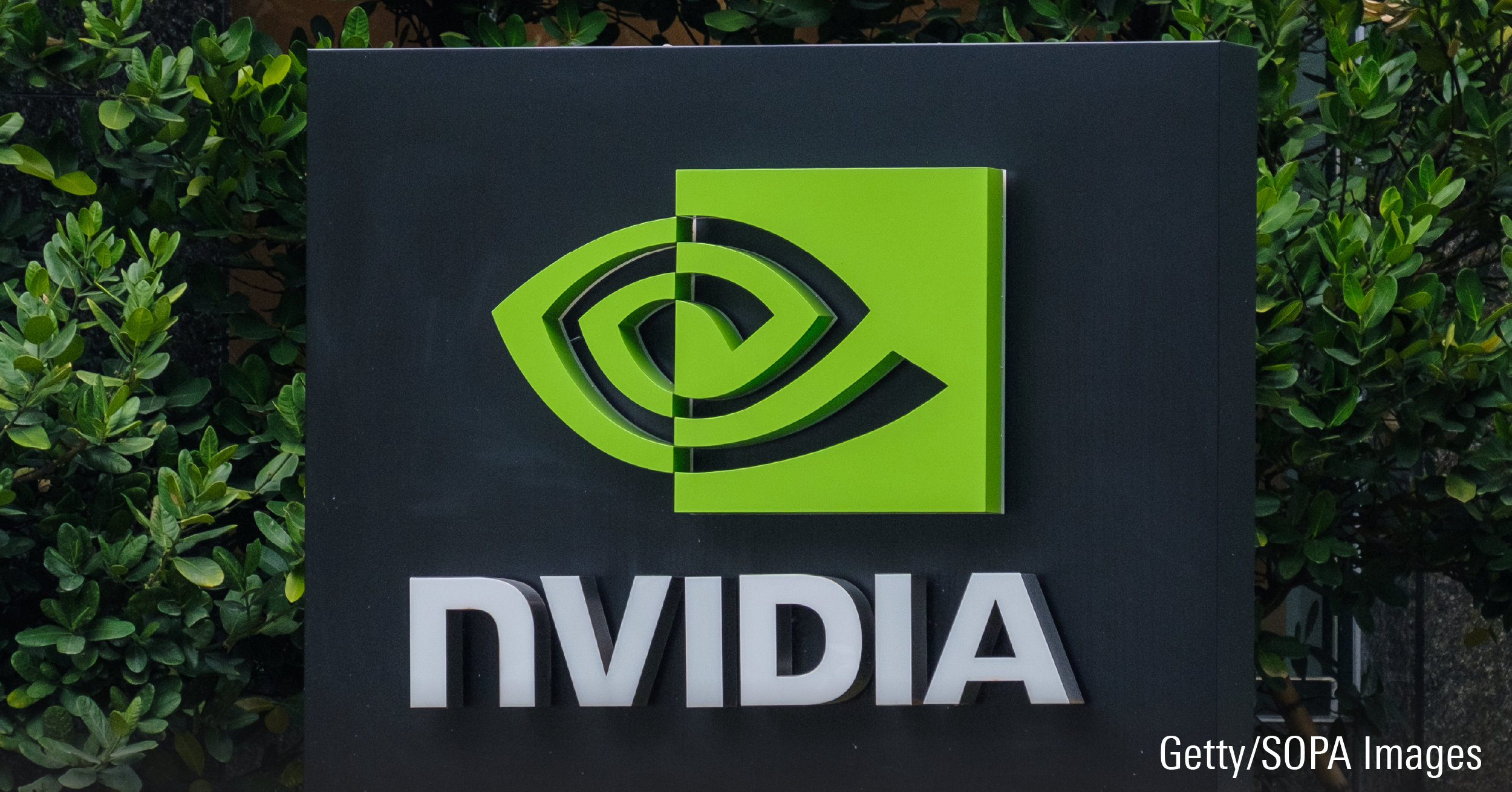
With the goal being that two heads are better than one, two subadvisory firms – Baillie Gifford Overseas Ltd. and Schroder Investment Management North America Inc. -- are picking the stocks for Vanguard International Growth Fund.
While healthy differences of opinion and complementary investment approaches are good reasons for fund manager diversification, the two teams agree on certain principles.
Both Nick Thomas, partner at Baillie Gifford in Edinburgh, U.K., and John Chisholm, client portfolio manager of global and international equities at Schroders in New York, are committed to having a “high active share,” meaning a significant level of differentiation from their benchmark, the MSCI All Country World Index (ex U.S.). Both are committed to bottom-up stock picking in their search for companies with superior growth potential.
“With a bottom-up approach we have a better chance of being right than by trying to predict the direction of big picture trends such as the outcome of trade negotiations, the pace of global economic growth or the direction of interest rates,” Thomas says.
In their search for global companies with high growth potential, the managers’ mandate is to invest primarily outside the U.S. and Canada. Currently, North American holdings – primarily U.S. stocks -- account for about 11.6% of fund assets. One of the top U.S. holdings is Amazon.com Inc. (AMZN).
“There are bits of technology that are unique and interesting, and the U.S. is strong in tech companies,” says Thomas.
While the two managers don’t try to predict world events, they do look at pockets of opportunity created by change.
Global, game-changing, growing
“The power of technology to change many industries is underestimated and probably growing,” says Thomas. “And the emergence of China and its return to its historical place as an economic superpower is another long-term deeper trend. We are seeing tremendous innovation in China and attractive investment opportunities. There are also some great businesses in Europe.”
The fund’s top holdings include China-based Tencent Holdings Ltd. (0700), a provider of internet-related services and products including entertainment and artificial intelligence, and Alibaba Group Holdings Ltd. (BABA), an ecommerce and online retailing behemoth.
“These companies are expanding steadily and with growing Internet penetration, there is a huge growth runway in front of them,” says Thomas. “They have a captive audience, and are adding more services to the mix. Alibaba, for example, is moving into financial services.”
The growing online retailing market led Thomas to invest in Jumia Technologies AG (JMIA), an ecommerce business in the early stages of growth in Africa. Recently, he has been adding to Spotify Technology SA (SPOT), a Swedish media services provider focusing on music streaming to a global base of customers.
On a geographic basis, aside from a bit of U.S. exposure, about 21% of the fund’s assets are currently in emerging markets, 18% in developed markets in the Asia Pacific region, and 50% in Europe.
Massive reach and resources
The $71 million Canadian version of the Vanguard fund is part of a larger mandate encompassing a total investment pool for Vanguard International Growth of US$36.6 billion.
The fund holds about 116 stocks, a relatively concentrated portfolio considering its massive size and global reach. Thomas says he generally chooses from a universe of stocks with a market capitalization of US$4 billion and up, while Chisholm likes companies with a market cap of greater than US$5 billion.
The multi-manager approach allows each manager to operate independently. They are complementary to each other with a low level of overlap in their holdings.
The fund is tilted to consumer discretionary stocks, which account for about 35% of assets, an overweight position relative to the 11.5% weighting in the benchmark index. Other sectors that are overweight relative to the index are communications services and health care, while financials, industrials and materials are underweight.
A recent purchase in the health care area by Chisholm is Roche Holding AG (ROG). A big part of the company’s business is in drugs for cancer and Alzheimer’s disease, and the company is a leader in terms of its spending on research and development, he says.
“Some of Roche’s oncology drugs are about to lose patent protection and this has concerned investors, but many are underestimating the potential of its new drugs,” Chisholm says.
Doubt keeps them out of dividend traps
Chisholm is leery of companies with commitments to pay rich dividends. The fund has no holdings in real estate or utilities stocks.
“Some companies are struggling with high debt costs and high dividend payouts, and this constrains their ability to invest for the long-term and therefore restricts future growth potential,” Chisholm says. “Many of these companies would be afraid to cut their dividends for fear of losing their shareholder base, and that can create a ‘yield trap.’”
He concentrates on companies with strong balance sheets that are generating high returns on invested capital and growing free cash flow.
“While we are bottom-up investors, we don’t ignore the macro-situation,” Chisholm says. “If we are entering a period of slower global growth there will be pressure on margins. We therefore look for elements of self-help and pricing power, and we want companies that are not overly reliant on economic growth to drive the top line. If they are financially strong, they can invest for the future and make acquisitions when the opportunities arise without depending on the macro environment.”
Other top holdings in the fund include ASML Holding MV (ASML), a Dutch company that supplies equipment to the semi-conductor industry for the production of computer chips, and Ferrari NV (RACE), the Italian luxury sports car maker.
“Wealth generation in the Middle East and Asia is increasing demand for luxury products, and providing a growth tailwind for Ferrari,” Thomas says.
He looks ahead five or 10 years, and seeks companies with the ability to allocate capital in a manner that will generate significant revenue gains down the line.
“We look for leaders with a long-term growth ambitions,” he says.









:quality(80)/cloudfront-us-east-1.images.arcpublishing.com/morningstar/347BSP2KJNBCLKVD7DGXSFLDLU.jpg)














